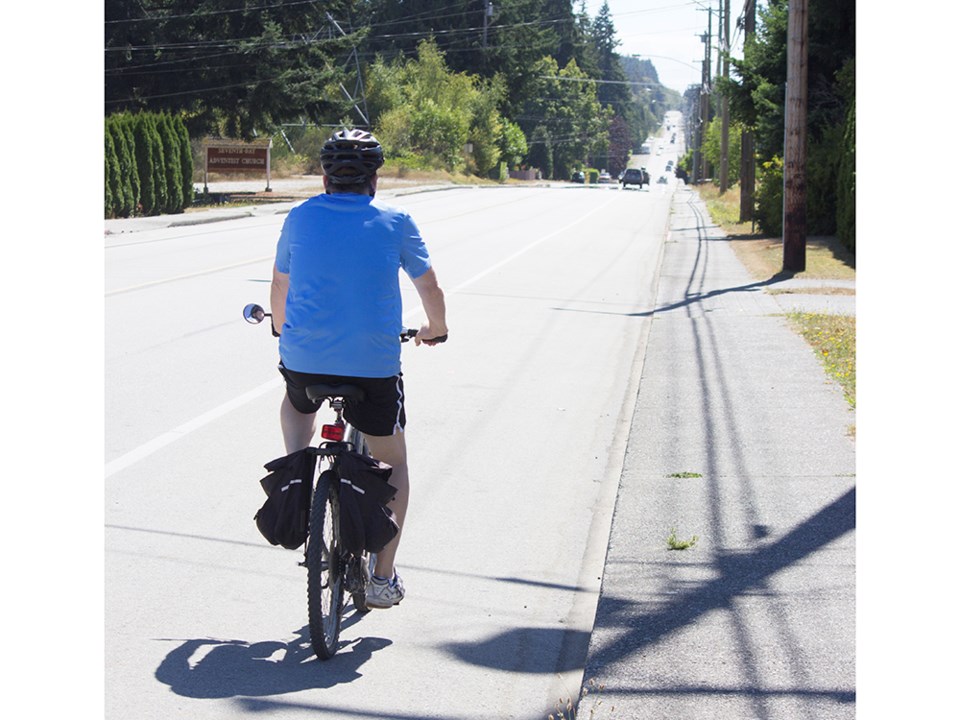qathet Regional District directors were recently urged to look at ways to enhance active transportation prospects.
At the April 24 committee of the whole meeting, Electoral Area B director Mark Gisborne said he agreed with letter writer Ari Dublion that the Brookfield powerline right of way is a great alternative for active transportation in the community. Gisborne said Dublion brought up something very important and that is active transportation, such as horses, are being used.
Gisborne said he hoped that when alternative transportation modes are being considered, horse riders are taken into consideration.
“I’m seeing more and more of them out in the rural areas,” said Gisborne. “I’ve also been seeing the Brookfield access, and it’s already an active transportation corridor, but it’s just not really official. Big thanks to Brookfield for allowing public access.
“People are using it but it’s just not up to regional district standards. I’m wondering if staff will be taking those items into consideration when they come up with a staff report around active transportation, which I believe we directed them to take a look into in the last couple of months.”
Chief administrative officer Al Radke said he was sure the author would wrack their brain to be all-encompassing.
Manager of planning services Laura Roddan said she wanted to remind the committee that a regional transportation plan completed some years ago does identify the pole line as an alternate active transportation route.
City of Powell River director Cindy Elliott said she used to work for the forest service in Smithers and there would be active transportation days where she would ride her horse to work. She was allowed to put her horse in the compound where all the vehicles were kept.
“My point is for active transportation to work, places are going to have to be set up to accommodate your active transportation mode,” said Elliott. “For bikes or other modes of transportation, they need a place where you can safely lock them or put them where they are not in danger. The planning part of it would be if people are able to bring their active transportation to where they are going, and once they get there, there is a place to house them.”
Electoral Area D director and committee chair Sandy McCormick said the pole line makes a lot of sense for consideration in whatever planning takes place.
“Looking at active transportation on Texada Island, it’s an area where people identify as a possibility,” said McCormick.
Electoral Area A director Jason Lennox said a lot of people come to him regarding the issue, so he supports any effort to make improvements.
Dublion, in his correspondence, said the shoulders on Highway 101 are narrow and cyclists don’t feel safe on that roadway.
“I’d like to ask the regional district to consider development under the pole line, or other rights of way that exist but are rugged or blocked, as active transportation corridors,” stated Dublion. “Our district can continue to be a powerful force in the fight against climate change. We’ve made pledges to collectively reduce our carbon footprint and so it’s incumbent upon this board to explore many options for people in the rural areas.”
Join the Peak's email list for the top headlines right in your inbox Monday to Friday.



